Composition is the cement that binds a photo together. Without composition your images are nothing more than a bunch of elements scattered across the frame. Photographer Marcin Lewandowski touches on some important aspects of this most critical element of photography:
One of the things that you have to deal with in your photography on an everyday basis is how much space to leave at the top and bottom of the frame. This applies to most types of photography but is critically important when shooting landscapes. Most importantly, this is applicable when shooting breathtaking skies and interesting elements in the ground all in the same frame.
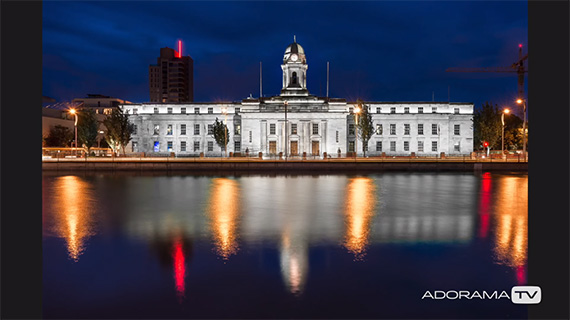
Sometimes the best solution is the most obvious one. Divide the photograph in half down the horizon line (split the image equally between the sky and the ground). This works especially when the sky and the ground both have interesting elements that should have equal importance in the image.
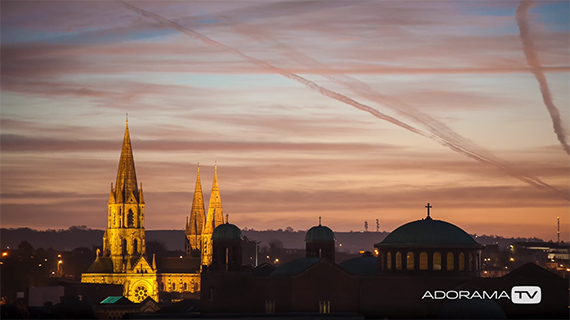
Sometimes, though, the sky (or the ground as the case may be) demands more attention. In those situations, keeping the horizon line closer to the bottom of the frame (or the top of the frame) makes more sense, because it allows you to capture more of the breathtaking beauty of the sky.
But how do you know when to use which? To some extent, you will need to use your gut feeling and look for visual clues. The rule of thirds is a good starting point. It helps to create a balance in the composition. But it doesn’t always work.
Framing with a Cross
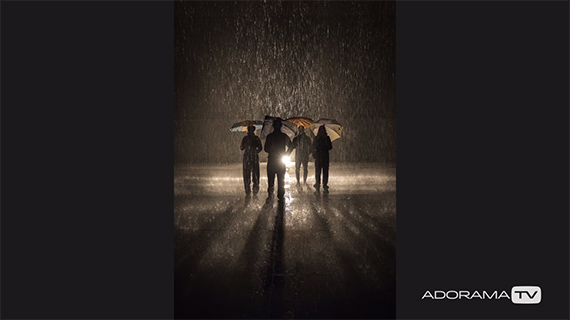
An interesting way of composing is to use a strategically placed cross—something which you can move around. This can be used for a wide variety of photographic scenarios.Find something in the frame that is vertically placed—a light pole, a human figure, anything—and then juxtapose that with anything that is horizontally placed. The result will be a cross.
Placing the Subject in the Middle of the Frame
While centering your subject goes against the concept of the rule of thirds, it’s frequently used by photographers when shooting portraits and headshots.
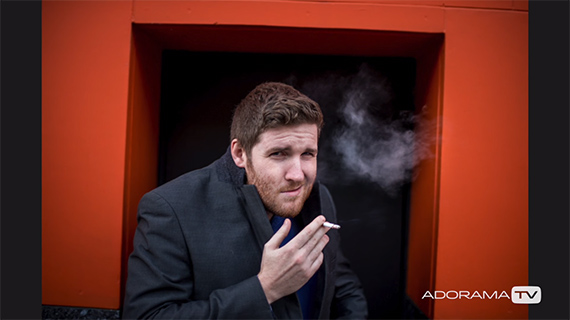
For the best effect, use something in the background that is interesting but not taking the focus of attention away from the subject.
Building the Background
Building the background of your image is somewhat underrated. A good background adds to a photograph just as well as a good composition binds everything together. Lewandowski stresses two major ways of doing this: symmetry and building your photos from the outside in.
Using Symmetry
Our brains are hotwired to look for symmetry. But that doesn’t mean you always need to capture a mirror image. Even the semblance of symmetry will do.
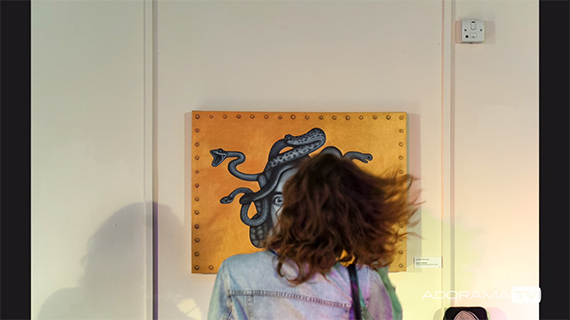
Composing the Background from the Outside In
Choose the elements of the background carefully. Lewandowski proposes doing this from the outside in.
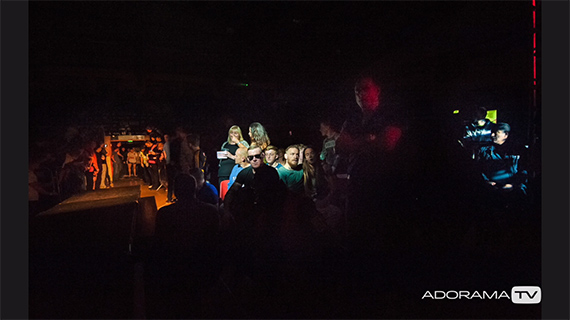
You need to know what to include just as well as you need to know what to exclude. This will allow you to not only to add aesthetics to a photograph but also create a strong context for the subject of the photograph.
Keeping these concepts in mind when you’re composing photos will help take your work to the next level.
For further training: The Advanced Composition Guide
Go to full article: Aspects of Composition When Framing a Photograph
What are your thoughts on this article? Join the discussion on Facebook
PictureCorrect subscribers can also learn more today with our #1 bestseller: The Photography Tutorial eBook
The post Aspects of Composition When Framing a Photograph appeared first on PictureCorrect.
from PictureCorrect http://ift.tt/2DKPa9Q
via IFTTT






0 kommenttia:
Lähetä kommentti